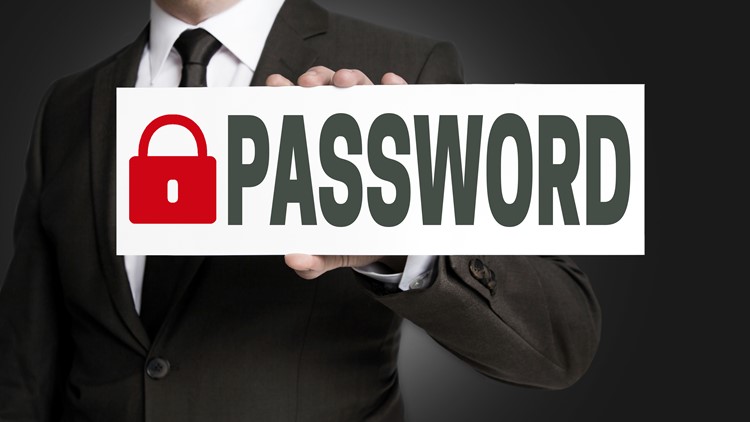Stopping the Barbarians at the Gates: Password Tips

Whether we’re talking football, your favorite video game, or income tax security, the best defense is to stop the threat at the gates. We can’t let them get past our outer defenses. And when it comes to protecting the personal and financial information of our clients, our passwords are the gates to the kingdom.
That’s why Drake has joined with the Internal Revenue Service, state tax agencies and income tax industry partners to highlight National Tax Security Awareness Week this week. And we start just where you should start – by looking at your passwords and how to make them stronger.
Our passwords are the first line of defense for all sorts of sensitive information, preventing hackers and identity thieves from accessing our computers and mobile devices - basically anything that can access the internet.
To start your week off right, here are some ways you can beef up your defenses on your electronic devices – and keep those barbarians where they belong:
- Add password protections to all devices. You should use a password to protect any device that gives you that opportunity. Not only your computer, tablet or mobile phone but also your wireless network. The password is your first line of defense.
- Change all factory password settings. If your device comes with factory password settings, for example the camera on your laptop, change it immediately.
- Longer is better. A password should be a minimum of eight digits but 10 to 12 is even better. It should be a combination of upper case and lower case letters, numbers and special characters. Don’t use your name or birth date.
- Do not repeat passwords. These days, people often have multiple, password-protected accounts. Don’t use the same password repeatedly. If a thief steals your password, he immediately will have access to other important accounts. Use different passwords, especially on important financial or tax accounts.
- Use two-step authentication options when you can. Many social media and financial institutions now give you the option of setting up a two-factor or two-step authentication process. A two-factor process involves a security code being sent to your registered mobile phone. This means if a thief manages to steal your user name and password, he will be blocked from accessing your accounts.
- Consider a password manager. One option for keeping track of your passwords on multiple accounts and getting help in creating strong passwords is to use a password manager. Some reputable companies offer free or low-cost versions of their products. See if a password manager might be right for you.
For more steps you can take to protect your personal and financial data, visit Taxes. Security. Together. Also look over Publication 4524, Security Awareness for Taxpayers.



